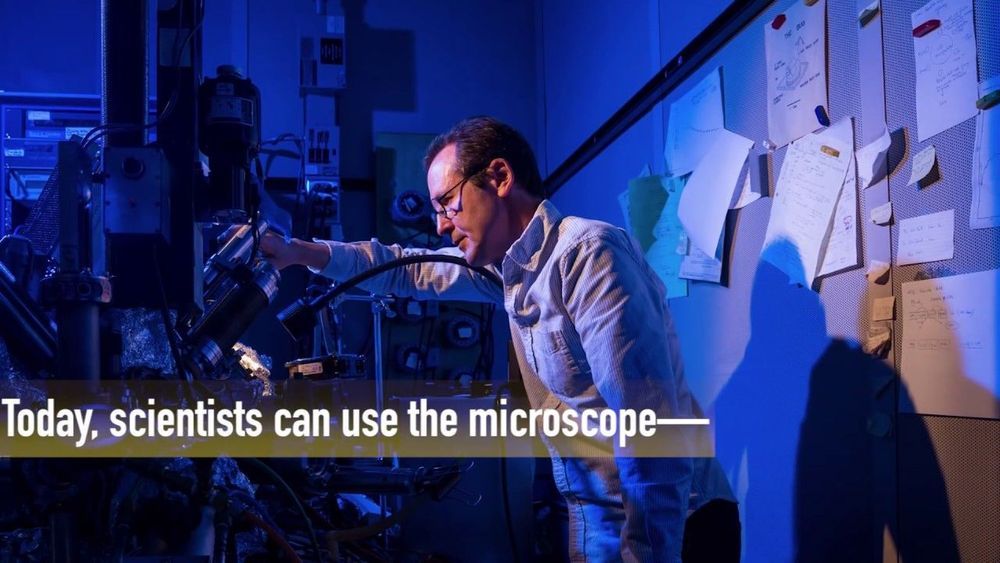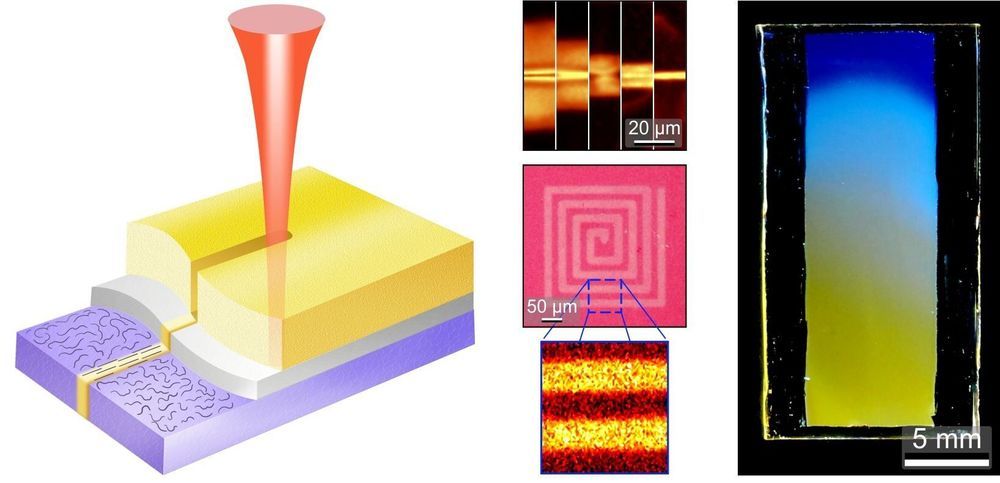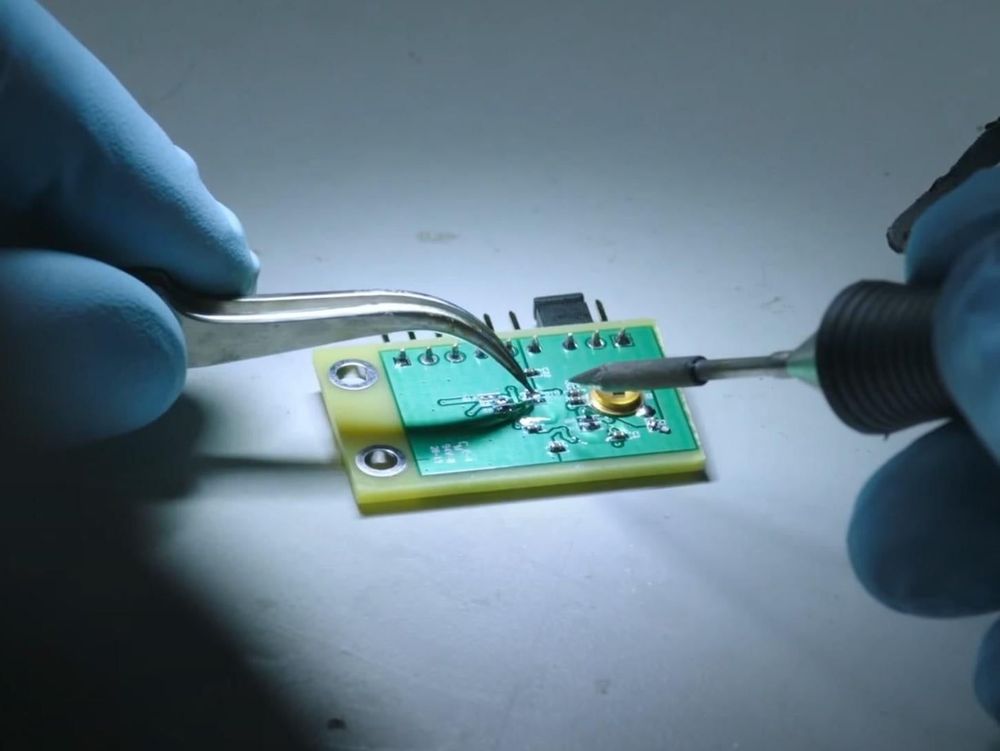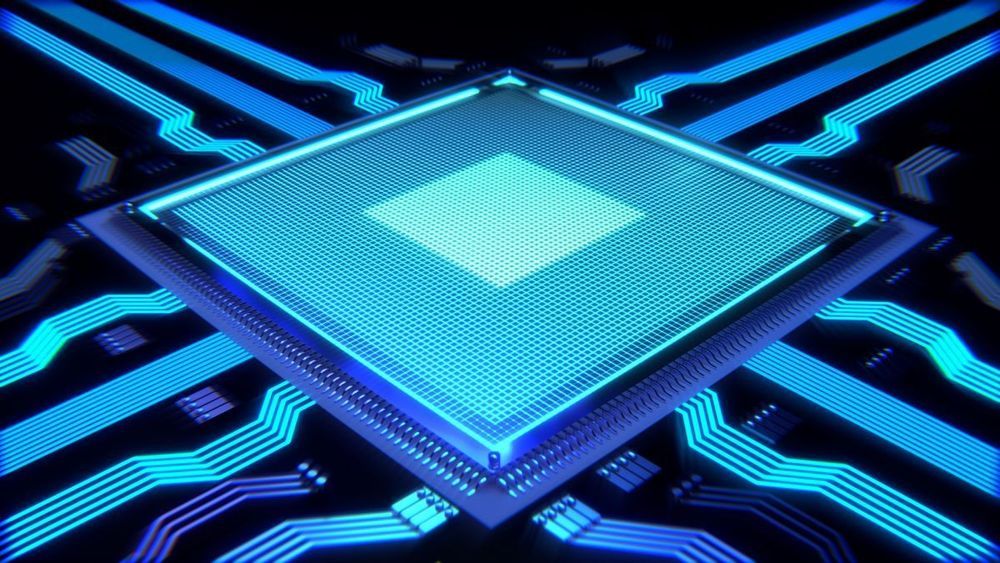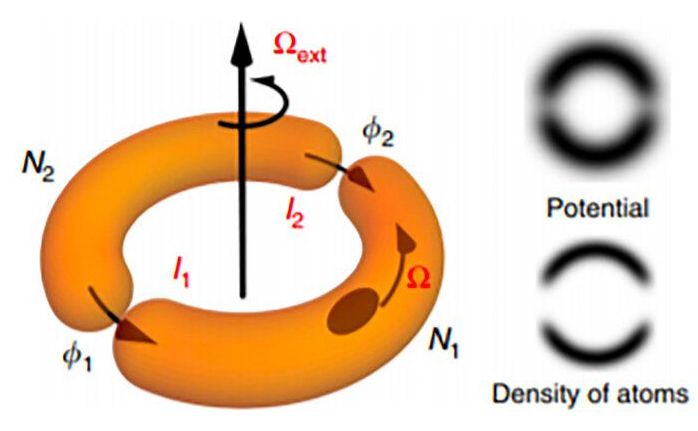Circa 2017
Data storage technology continues to shrink in size and grow in capacity, but scientists have just taken things to the next level — they’ve built a nanoscale hard drive using a single atom.
By magnetising an atom, cooling it with liquid helium, and storing it in an extreme vacuum, the team managed to store a single bit of data (either a 1 or a 0) in this incredibly miniscule space.
Not enough room for your holiday photos then, but according to the team from IBM Research in California, this proof-of-concept approach could eventually lead to drives the size of a credit card that could hold the entire iTunes or Spotify libraries, at about 30 million songs each.
